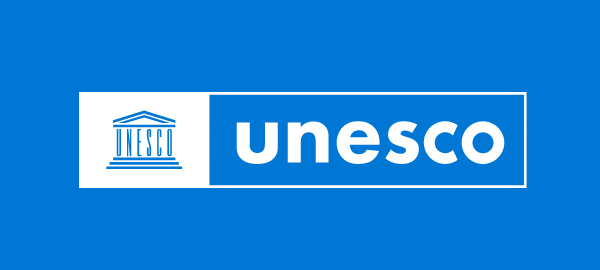
IGF 2025 Highlights by DiploAI and experts
Dear readers,
This year, we reimagined how our IGF coverage can serve you.
At IGF 2025, we launched personalised reporting: participants told us which topics mattered most, and we delivered tailored, expert-verified updates—powered by DiploAI. It’s just one way we’ve deepened our commitment to timely, accessible, and actionable reporting.
Combined with interactive tools like a visual summary and a knowledge graph of the event, as well as a conversational AI assistant, our IGF 2025 coverage made navigating digital policy easier and more relevant than ever.
In partnership with the IGF Secretariat and the Government of Norway (as the host country), we were proud to provide AI-enabled, just-in-time reporting that brought the forum’s discussions directly to you.

Our session summaries deliver in-depth AI-powered insights for every discussion. Each report breaks down the key points, highlights the speakers’ perspectives, and maps out consensus and disagreements. Complementing this, our knowledge graphs visually chart the relationships among topics and contributors. To encourage ongoing dialogue, we also present thoughtful follow-up questions based on the session’s content.
With the support of DiploAI, our team provided daily summaries that distilled the essential insights from each day’s discussions.
Our AI system processed and analysed all session transcripts from the day, delivering concise overviews of key issues, the most important questions under discussion, and additional inputs that captured the daily highlights at the IGF.
Explore the event through our interactive visual overview, which maps the connections between major themes and participants. This engaging tool helps you see how different topics and conversations intersect across the forum. Whether you want to track particular speakers, explore your areas of interest, or spot broader patterns, the visual overview offers an intuitive and compelling way to uncover key insights from the forum.
Our AI assistant – powered by DiploAI – is designed to answer questions about IGF 2025 discussions. It can provide information about event speakers, arguments, transcripts, and other related queries.
We asked the tough questions—now it’s AI’s turn to respond. Drawing from key discussions, these answers won’t close the debate, but they’ll move it forward. They offer insights, spark reflection, and open the door to new ideas in digital policy.














































































































